There is a fascinating story about the American Abstract Expressionist painter Mark Rothko. In 1966, he visited an exhibition of work by the 19th-Century British landscape painter JMW Turner (1775-1851) at the Museum of Modern Art in New York. Walking through the show, Rothko was struck by the similarity of Turner’s paintings to his own art. “This man Turner,” he reportedly said afterwards, “he learned a lot from me.”
Given that Turner had died more than a century earlier, what did Rothko mean? The answer is that he was expressing his version of an idea that had become fairly common by the middle of the 20th Century: that Turner was an important forerunner of modern art.
Last week, I saw a major new exhibition at Tate Britain in London devoted to the final phase of Turner’s career. Beginning in 1835, the year Turner turned 60, it ends in 1850, when he exhibited for the last time at the Royal Academy. His bravura performances, applying dramatic finishing touches to his paintings once they were in the gallery became the stuff of legend.
Traditionally, this period is known as the moment when Turner’s painting became more vigorous, intense and liberated than ever before – as suggested by the title of the Tate’s exhibition, Late Turner: Painting Set Free.
This is also the view of the artist that we find in Mike Leigh’s enjoyable new film, Mr Turner. Timothy Spall, who won best actor for his performance at the Cannes Film Festival earlier this year, plays the precocious son of a Covent Garden barber as a kind of hulking, grunting Caliban – a massy, earthbound creature paradoxically capable of exquisite visual poetry, producing shimmering, ineffable effects on canvas.
The Tate’s galleries are filled with the artist’s stunning, effortlessly incandescent oil paintings – great, glowing fireballs of yellow brightness with notes of red, in which light appears to dissolve the solid forms of the pictures’ ostensible subjects, including castles and Swiss lakes, the grand cityscapes of Rome or Venice, and a steam-powered locomotive hurtling through the elements along a railway bridge. As his rival John Constable put it, Turner “painted with tinted steam”. Looking at these images, it is tempting to reflect that Rothko was right: in the final decades of his life, Turner appeared to be moving ever closer to abstraction.
‘Soapsuds and lather’
Unsurprisingly, given how radical they still seem today, these paintings were widely misunderstood during Turner’s lifetime. One of his early patrons, William Beckford, who died in 1844, was thoroughly baffled by Turner’s late work – complaining that he “paints now as if his brains and imagination were mixed upon his palette with soapsuds and lather; one must be born again to understand his pictures.”
Beckford’s view was typical: for many of Turner’s contemporaries, his late paintings were taken as evidence of artistic decline, commensurate with his age. Even his doctor, the surgeon Anthony Carlisle, was fond of expressing a widely held belief: “The age of Sixty may, in general, be fixed upon as the commencement of Senility.”
Yet the airy, insubstantial quality of Turner’s late style is precisely what endeared him to modern artists. To coincide with the new exhibition, Tate Britain is also showing a series of so-called ‘colour experiments’, each inspired by a different Turner painting, by the Danish-Icelandic artist Olafur Eliasson.
“My paintings are studies of light and colour in Turner’s work,” Eliasson tells me. “I have carefully dissected the amount of colour tones, darkness and brightness in a group of Turner paintings, and then made a kind of ‘colour chart portrait’ of each one, using the exact same colours and amount of light and darkness.”
How important an influence has Turner been upon Eliasson, who is known for his awe-inspiring installation The Weather Project (2003), in which a vast yellow sun illuminated Tate Modern’s Turbine Hall? After all, in much of his work Eliasson shares Turner’s interest in investigating light and atmosphere.
“Turner has always been a key figure for me,” he says. “When you look at a Turner painting, you can sort of drift into it – and that drifting allows the painting to hold you. It takes time – it’s not an instant, it’s not a selfie, but something that has a process within it. And that’s interesting. Turner made something so abstract that he must have trusted the people who looked at the painting to finish the story off. I think this trust is amazing.”
Line of beauty
Yet not everyone is convinced that we should examine Turner’s late work through the prism of contemporary art. “One of the things we wanted to question,” says David Blayney Brown, a curator of Tate’s exhibition, “is the idea that late Turner is just an abstract artist whose work is only validated by comparison with Impressionism or Expressionism.”
For Brown, championing Turner as “the first great artist of modernism” does not reflect “the whole truth”. “Yes, of course, Turner’s late style is characterised by freedom of handling, vivid colour, a breaking down of solid form in light and atmosphere,” he says, “so that it’s almost as if the operation of light or atmosphere on something like a mountain or a building becomes the subject rather than the mountain or the building itself.”
This, explains Brown, is why people talk about Turner’s abstraction. “But at the same time he didn’t stop painting history and mythology and things that he’d been doing all his life. The problem with the proto-abstraction argument is that it tends to leave out some of the complexities of Turner’s imagination and focus entirely on virtuoso technique.”
He pauses. “The surface appearance of Turner’s late work may look completely different in terms of colouring and handling. But other aspects – of imagery, composition, his interest in light – there’s a continuum there. Turner may have made subject pictures or history paintings look more abstract, but if they were exhibited they still had subjects, they still told stories – they just told them in a new way.”
Alastair Sooke is art critic of The Daily Telegraph
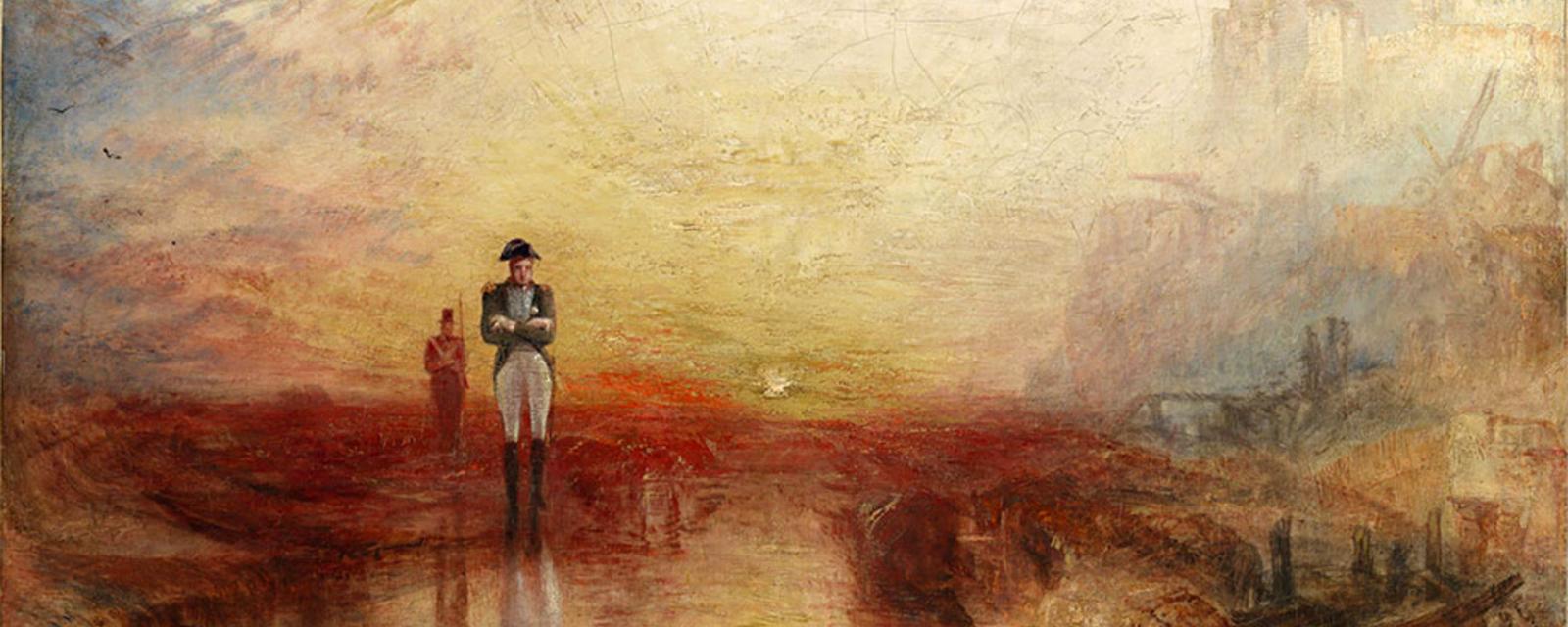
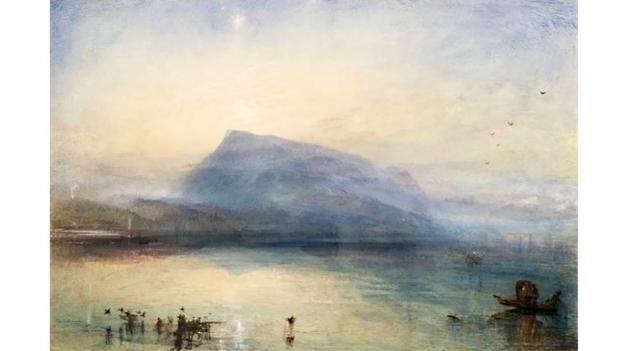
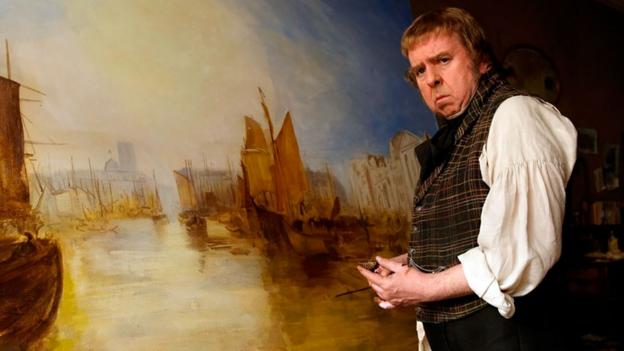
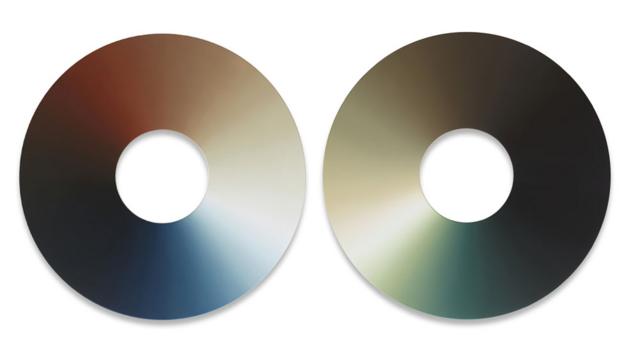
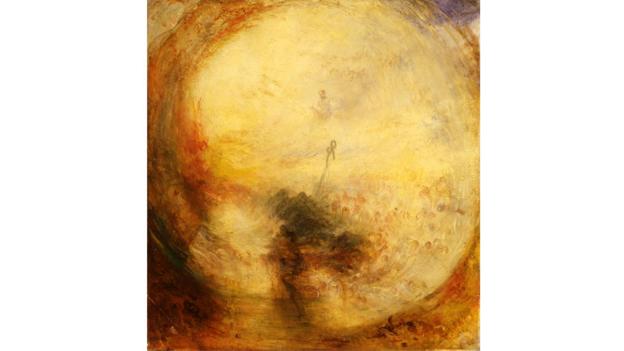
沒有留言:
張貼留言